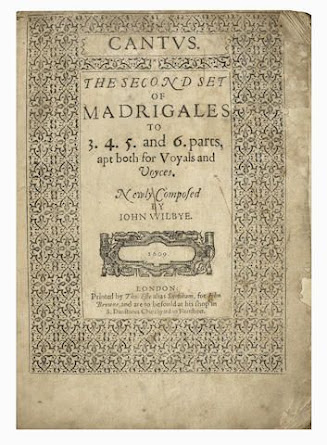
Throughout September, the Daily Classical Music Post celebrates the music of 15th-, 16th-, and 17th-century England. https://youtu.be/EX5fzwkMBCQ Anthony Holborne (c. 1545–1602) is known for his compositions for lute, cittern, and consorts, and most particularly for his dance music: in 1599 he published Pavans, Galliards, Almains and other short Aeirs, both grave and light, in five parts, for Viols, Violins, or other Musicall Winde Instruments , which contains 65 of his compositions. There isn’t a great deal known about Holborne, although we do know that he enjoyed the patronage of Sir Robert Cecil, Mary Sidney, and Elizabeth I. John Dowland dedicated his lute song “I saw my Lady weepe” “to the most famous, Anthony Holborne,” so Holborne must have been well known and respected in his lifetime. One of my favourite pieces in Pavans, Galliards, Almains . . . is the galliard “Muy Linda” (No. 34). Johan van Veen says, “ The fact that almost all the pieces in this collection are dances doesn...


















